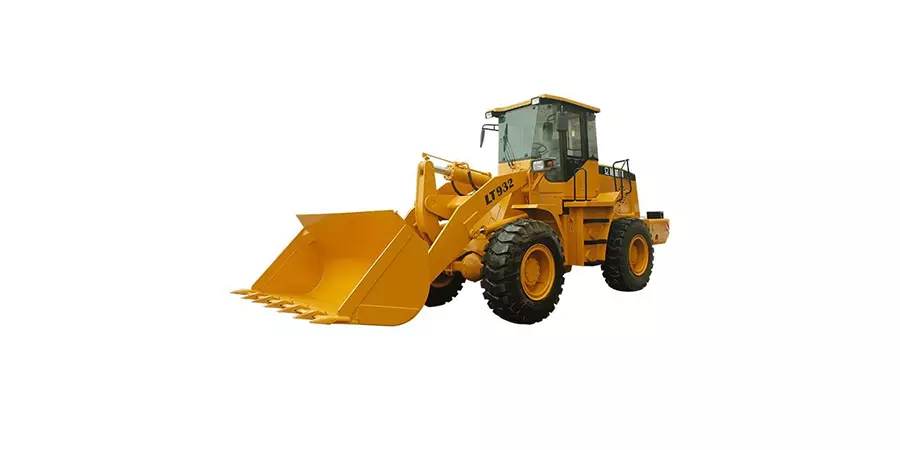Markets

Loader machines rely on robust hydraulic systems to perform heavy-duty tasks such as lifting, digging, and material handling. Below is a detailed breakdown of the key hydraulic components, their roles, and their significance in ensuring efficient and reliable operation:
1. Hydraulic Pumps
Function: Convert mechanical power from the engine into hydraulic energy.
Types:
Axial Piston Pumps: Widely used for high-pressure applications (up to 400 bar) due to efficiency and durability.
Gear Pumps: Support auxiliary systems (e.g., cooling fans) with lower pressure requirements.
User Benefit: Load-sensing technology adjusts flow based on demand, enhancing fuel efficiency.
2. Hydraulic Motors
Function: Convert hydraulic energy back into mechanical motion.
Types:
Radial Piston Motors: Provide high torque for wheel/track propulsion, ideal for steep slopes.
Axial Piston Motors: Drive attachments like augers or trenchers with precision.
User Benefit: Smooth operation in challenging terrains.
3. Hydraulic Cylinders
Function: Control lifting, tilting, and digging movements.
Types:
Double-Acting Cylinders: Enable precise control of boom and bucket movements (push/pull action).
Telescopic Cylinders: Used in extended-reach loaders for increased range.
User Benefit: Chrome-plated rods resist corrosion, ensuring longevity.
4. Control Valves
Function: Direct hydraulic fluid flow to actuators.
Types:
Proportional Valves: Allow fine-tuned speed and force adjustments via joystick controls.
Pressure Relief Valves: Prevent system overloads by diverting excess fluid.
User Benefit: Ergonomic controls reduce operator fatigue.
5. Hydraulic Hoses & Fittings
Function: Transport fluid between components.
Features:
Steel-Braided Hoses: Withstand high pressure (4:1 safety factor) and abrasion.
Quick-Disconnect Couplings: Simplify attachment changes (e.g., swapping buckets for forks).
User Benefit: Color-coded hoses minimize installation errors.
6. Filtration Systems
Function: Maintain fluid cleanliness to protect components.
Components:
Suction Filters: Block debris before it enters the pump (25-micron rating).
Return Line Filters: Capture contaminants during fluid return.
User Benefit: Magnetic filters trap metal particles, extending component life.
7. Hydraulic Accumulators
Function: Store energy and dampen pressure spikes.
Type:
Bladder Accumulators: Provide emergency power for critical functions (e.g., steering) during pump failure.
User Benefit: Smoother operation during sudden load changes.
8. Cooling Systems
Function: Regulate hydraulic fluid temperature (40–80°C).
Types:
Air-Cooled Radiators: Cost-effective for moderate environments.
Oil-to-Water Coolers: Ideal for high-heat conditions (e.g., mining).
User Benefit: Thermostatic controls optimize cooling efficiency.
9. Seals and Gaskets
Function: Prevent leaks and contamination.
Materials: Polyurethane or nitrile rubber for resistance to wear, temperature, and chemicals.
User Benefit: Easy-replacement designs reduce downtime.
10. Hydraulic Fluid
Function: Transmit power and lubricate components.
Standards: ISO VG 46/68 grades for optimal viscosity and thermal stability.
User Benefit: Anti-wear additives enhance system longevity.
Advanced Features
Load-Sensing Systems: Adjust pump output to match workload, improving fuel efficiency by 15–20%.
Telematics: IoT sensors monitor fluid health, pressure, and temperature, enabling predictive maintenance.
Conclusion
Loader machines depend on a synergy of hydraulic components—pumps, motors, cylinders, valves, hoses, filters, and more—to deliver power, precision, and durability. Innovations like load-sensing technology and telematics ensure these systems are efficient and user-friendly, while robust materials and designs cater to harsh environments. Regular maintenance, guided by OEM protocols, ensures longevity and peak performance, making hydraulics indispensable in modern loaders.
